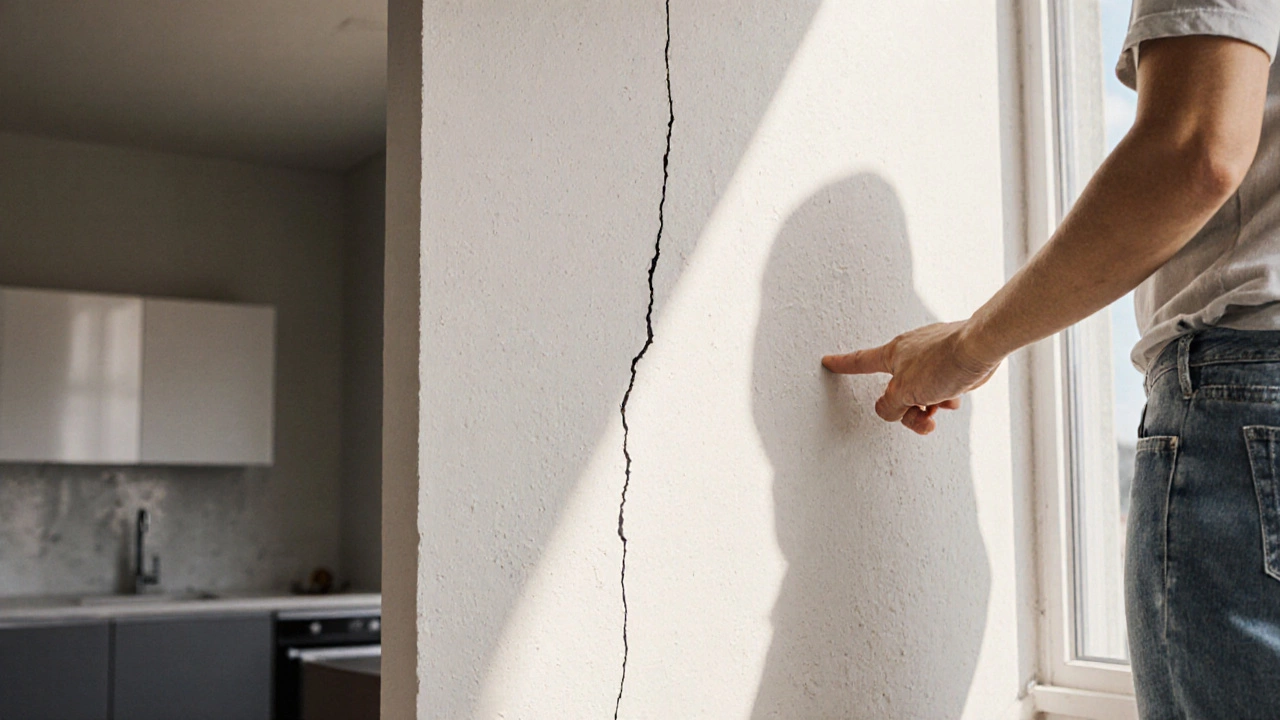Construction Cracks: What They Are and Why They Matter
When dealing with construction cracks, breaks that appear in walls, slabs or foundations during or after building work. Also known as building cracks, they can signal anything from harmless settling to serious structural failure. Foundation cracks, splits that develop in the base of a structure are a common subset; they often form when soil shifts or moisture levels change. Understanding that construction cracks encompass these sub‑categories helps you spot early warning signs before costs rise. The presence of cracks usually means moisture, soil pressure or load distribution is off‑balance, so recognizing the pattern is the first step toward a lasting fix.
Key Factors Behind Different Crack Types
Not all cracks behave alike. Horizontal foundation cracks, breaks that run parallel to the ground line often point to lateral pressure from expanding clay soils, while vertical splits may indicate settlement. New constructions face their own set of issues: new build cracks, tiny hairline fissures that appear during the first year after completion are usually caused by curing shrinkage or minor movement in the slab. Soil moisture, temperature swings, and the type of cement used all influence whether a crack stays superficial or grows deeper. For example, using a high‑strength cement mix can reduce the likelihood of horizontal cracks, whereas a low‑grade mix might let them spread faster. Recognizing that soil moisture influences crack formation creates a direct link: dry periods pull the ground inward, wet periods push it outward, and the structure reacts accordingly.
Because construction cracks can affect a building’s structural integrity, assessing severity early saves money and time. Small hairline cracks may only need resealing, but wider gaps—especially those over 5 mm in a foundation—usually require professional repair and possibly underpinning. A practical approach starts with measuring the crack, noting its direction, and checking for movement over a few days. If the crack widens or if you see water infiltration, call a specialist who can recommend the right cement blend, moisture control strategy, and reinforcement method. Below you’ll find a curated list of articles that dive deeper into seasonal timing for foundation repair, cost breakdowns for different crack types, and step‑by‑step guides on choosing the right materials. These resources will give you the confidence to assess, plan, and fix any crack that shows up in your project.

